Have you ever wondered about the history of the Philippine presidency? How much do you know about the leaders who have shaped the nation? From Emilio Aguinaldo to Rodrigo Duterte, each president has left their mark on Philippine history. But can you name all 17 presidents in chronological order, and visualize their faces? Prepare to delve into the rich tapestry of Philippine politics as we present to you the 17 Philippine presidents in order, complete with photos that bring their stories to life.
Key Takeaways:
- Explore the chronological order of the 17 Philippine presidents
- Discover the unique contributions and legacies of each president
- Understand the political structure of the Philippines and the role of the president
- Learn about the history of the Philippine presidency and its milestones
- Examine the impact of presidents on Philippine society and their public perception
The Political Structure of the Philippines
The political structure of the Philippines plays a crucial role in shaping the governance and responsibilities of the president. As a democratic nation, the Philippines operates under a constitution that outlines the powers and functions of the various branches of government.
“The Philippines is committed to upholding democratic principles and ensuring the proper functioning of the government.”
The president assumes the position of both the head of state and government, entrusted with the task of implementing and enforcing laws that uphold the democratic values enshrined in the Constitution of the Philippines.
The Three Branches of Government
The political structure of the Philippines consists of three branches of government, each performing distinct functions to maintain an effective system of checks and balances. These branches are:
- The Executive Branch: Led by the president, the executive branch is responsible for executing and enforcing laws, implementing policies, and managing the day-to-day affairs of the country.
- The Legislative Branch: Composed of the Senate and the House of Representatives, the legislative branch is responsible for creating, amending, and repealing laws. It represents the voice of the people and ensures that policies address the needs and concerns of the Filipino population.
- The Judicial Branch: The judicial branch is tasked with interpreting and applying the law. It serves as the final arbiter in legal disputes and ensures the protection of individual rights and the fair administration of justice.
By dividing power among these branches, the political structure of the Philippines aims to prevent the concentration of power and maintain a system of checks and balances, fostering transparency, accountability, and democratic governance.
The Role of the President
As the head of state and government, the president holds a significant position within the political structure of the Philippines. The president’s responsibilities include:
- Implementing and enforcing laws
- Managing national defense and security
- Appointing government officials and members of the judiciary
- Creating policies and programs to address societal and economic issues
- Representing the country in international affairs and diplomacy
| Branch of Government | Role and Responsibilities |
|---|---|
| Executive Branch | Implement and enforce laws Manage national defense and security Appoint government officials and judges Create policies and programs |
| Legislative Branch | Create, amend, and repeal laws Represent the voice of the people Address needs and concerns of the population |
| Judicial Branch | Interpret and apply the law Administer justice Protect individual rights |
The political structure of the Philippines, with its democratic foundations and separation of powers, ensures that the government functions in the best interests of the Filipino people. It is through this structure that the president, as the head of state and government, carries out their duties and works towards the advancement and progress of the nation.
History of the Philippine Presidency
The history of the Philippine presidency is a testament to the country’s journey towards independence and self-governance. It all began with Emilio Aguinaldo, who played a pivotal role in the establishment of the First Philippine Republic. Aguinaldo became the first president of the Philippines under the Malolos Republic, leading the nation in its fight against Spanish colonial rule.
However, the Philippines’ path to sovereignty faced a significant obstacle with the arrival of American colonization. The First Philippine Republic was abolished, and the country fell under the governance of an American governor-general. The aspirations of the Filipino people were put on hold as they navigated a period of American control and influence.
It wasn’t until 1935 that the Philippines regained its independence and the presidency was restored. The establishment of the Commonwealth of the Philippines marked a new era for the country, giving Filipinos the opportunity to have their voice and elect their leaders once again. This milestone in Philippine history brought about a renewed sense of hope and excitement for the future.
The history of the Philippine presidency is a testament to the resilience and determination of the Filipino people. It reflects the struggles and triumphs experienced along the journey towards self-determination. From the early leadership of Emilio Aguinaldo to the challenges faced during American colonization, the presidency has been a symbol of Filipino identity and the embodiment of the nation’s aspirations.
The Presidents of the Philippines
The list of Philippine presidents includes notable figures who have made significant contributions to the country during their respective terms. Let’s take a closer look at Manuel Quezon, Ramon Magsaysay, and Benigno Aquino III. Each of these presidents left their mark on Philippine history and governance.
Manuel Quezon
Manuel Quezon served as the second president of the Philippines and the first Commonwealth president. He played a crucial role in advocating for the independence of the Philippines from American rule. Quezon led the country through turbulent times, including the Japanese occupation during World War II, and worked tirelessly to establish a strong foundation for the Philippines as a sovereign nation.
Ramon Magsaysay
Ramon Magsaysay is known for his reformist and populist policies during his presidency from 1953 to 1957. He focused on combating corruption and promoting social progress, earning him the reputation of being a champion of the common people. Magsaysay’s administration implemented various initiatives to uplift the lives of the poor and marginalized communities, making him one of the most beloved and respected presidents in Philippine history.
Benigno Aquino III
Benigno Aquino III, commonly known as Noynoy Aquino, served as the 15th president of the Philippines from 2010 to 2016. His presidency was marked by his pursuit of good governance and anti-corruption reforms. Aquino introduced several social and economic initiatives, such as the Conditional Cash Transfer Program, which aimed to alleviate poverty and improve the lives of the Filipino people. He also made significant strides in international relations, promoting the country’s image on the global stage.
| President | Term | Notable Achievements |
|---|---|---|
| Manuel Quezon | 1935-1944 | Advocated for Philippine independence and led the country during World War II |
| Ramon Magsaysay | 1953-1957 | Implemented reforms targeting corruption and social progress |
| Benigno Aquino III | 2010-2016 | Promoted good governance, anti-corruption measures, and social welfare programs |
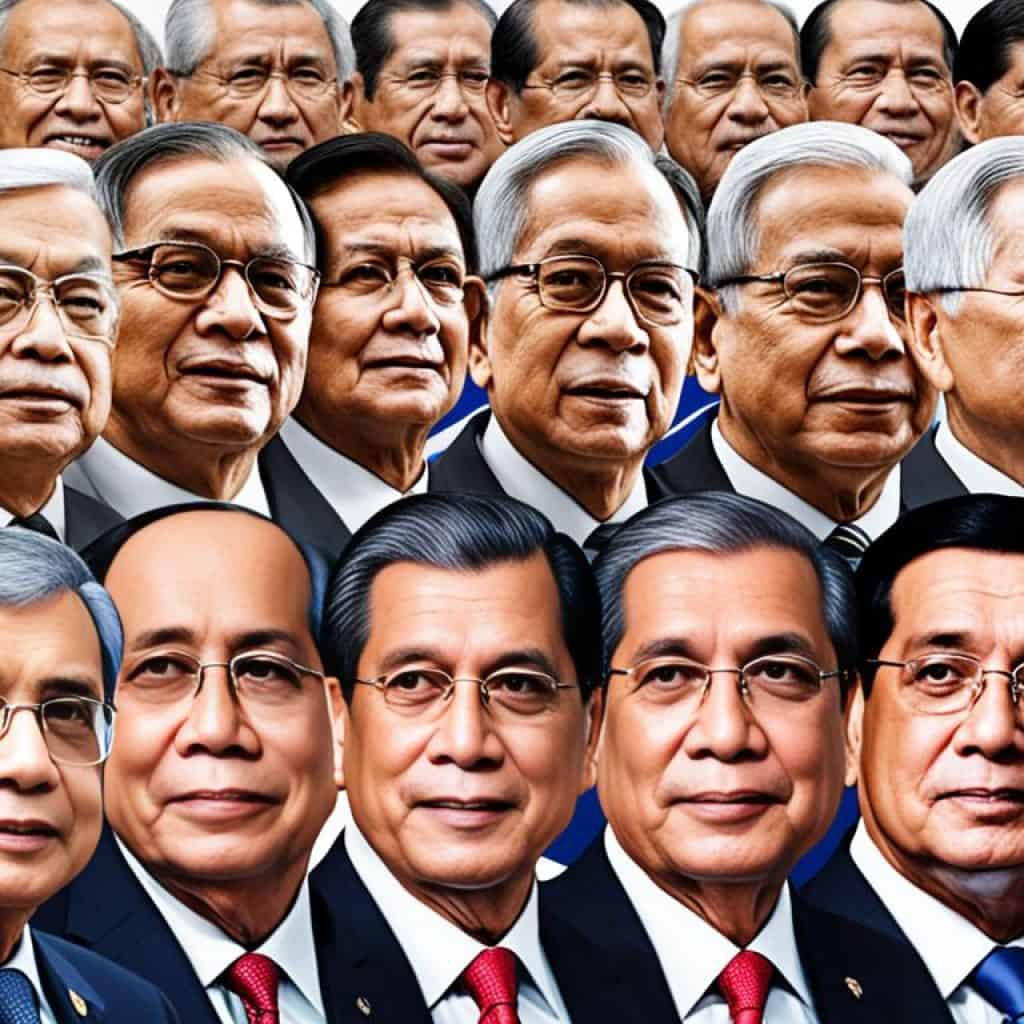
These three presidents represent just a fraction of the remarkable leaders who have shaped the Philippines. Their contributions, alongside those of their fellow presidents, have helped shape and define the nation’s history and governance. As we explore the other presidents on this list, we’ll continue to uncover the transformative impact they have had on the Philippines and its people.
Notable Moments in Presidential History
The history of the Philippine presidency is filled with notable moments that have shaped the country. One such moment was the declaration of martial law by Ferdinand Marcos in 1972, which led to a period of authoritarian rule. Under martial law, Marcos centralized power, suppressed political opposition, and curtailed civil liberties, creating a climate of fear and repression.
However, this era came to an end with the People Power Revolution in 1986, a peaceful uprising that ousted Marcos from power and paved the way for a new era of democracy in the Philippines. The People Power Revolution was a powerful display of unity and resilience by the Filipino people, who gathered in large numbers at the Epifanio de los Santos Avenue, commonly known as EDSA, to protest against the oppressive regime. Their nonviolent resistance and demand for change triggered a chain of events that ultimately led to the restoration of democracy and the election of Corazon Aquino as the new president.
“The Filipino is worth dying for.”
The People Power Revolution serves as a testament to the strength and determination of the Filipino people in upholding their democratic rights and fighting for a better future. It remains a significant event in Philippine history, symbolizing the power of unity and peaceful resistance against oppressive regimes.
| Key Events | Date |
|---|---|
| Declaration of Martial Law by Ferdinand Marcos | September 21, 1972 |
| People Power Revolution Begins | February 22, 1986 |
| Mass Protest at EDSA | February 23-25, 1986 |
| Ousting of Ferdinand Marcos | February 25, 1986 |
Female Presidents of the Philippines
The Philippines has had the privilege of being led by two extraordinary female presidents throughout its history. Both Corazon Aquino and Gloria Macapagal-Arroyo have made significant contributions to the country during their respective terms.
Corazon Aquino
Corazon Aquino became the first female president of the Philippines after the successful People Power Revolution in 1986. She played a pivotal role in restoring democracy to the country, challenging the authoritarian rule of Ferdinand Marcos. Aquino’s presidency marked a turning point in Philippine history and symbolized the power of people’s unity and resilience.
During her term, Aquino implemented significant political and social reforms, including the ratification of a new constitution and the establishment of agrarian reform programs to address issues of poverty and inequality. Her commitment to democracy and human rights made a lasting impact on the nation.
Gloria Macapagal Arroyo
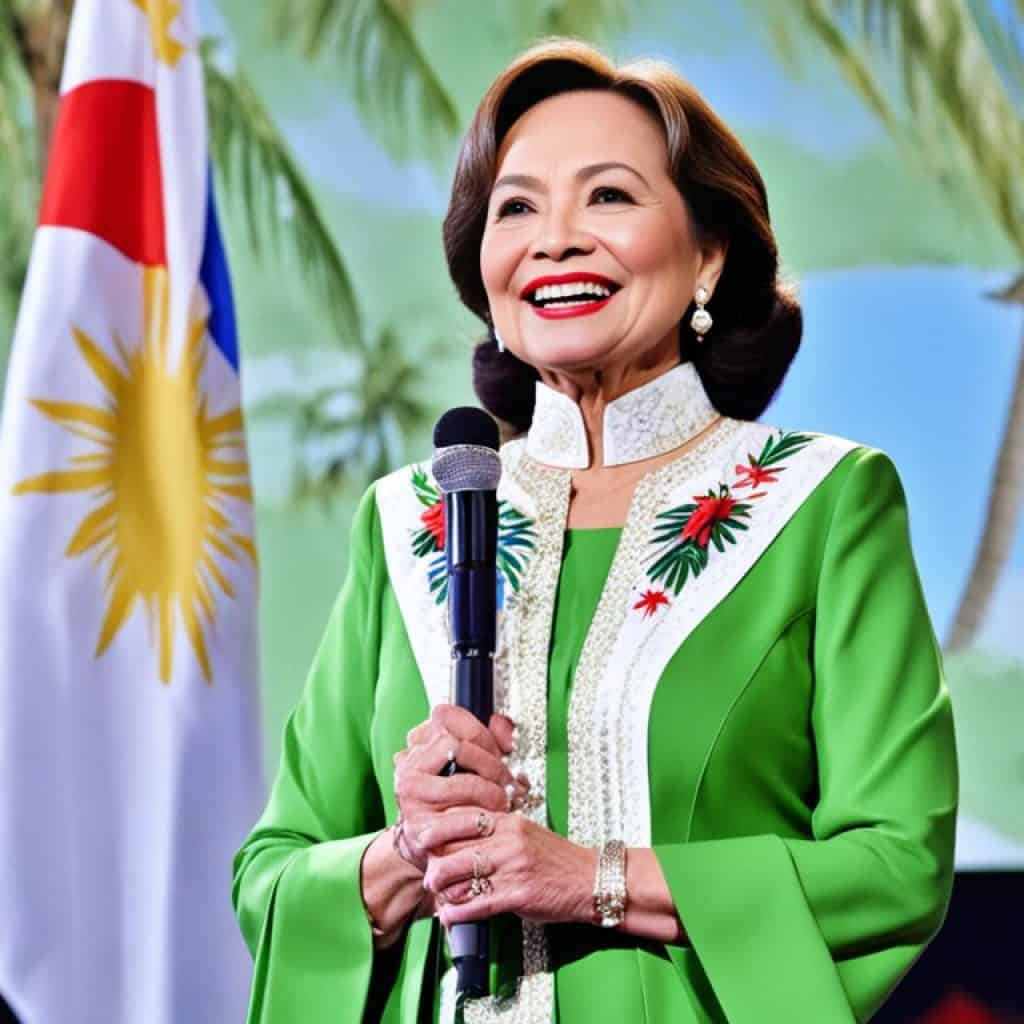
Gloria Macapagal Arroyo served as the second female president of the Philippines from 2001 to 2010. She followed in the footsteps of her father, Diosdado Macapagal, who was also a former president. Arroyo’s tenure was marked by economic growth and stability, and she implemented various policies to promote development and improve the quality of life for Filipinos.
Arroyo’s administration focused on fiscal reforms, infrastructure development, and poverty reduction programs. She introduced policies to attract foreign investments, strengthen the country’s educational system, and promote healthcare services. Despite facing challenges during her presidency, Arroyo’s leadership left a notable impact on the Philippines.
| President | Years of Service | Achievements |
|---|---|---|
| Corazon Aquino | 1986 – 1992 | Restoration of democracy, political and social reforms |
| Gloria Macapagal Arroyo | 2001 – 2010 | Economic growth, fiscal reforms, infrastructure development |
Longest-Serving and Shortest-Serving Presidents
Ferdinand Marcos holds the record for being the longest-serving president of the Philippines, with a tenure of 20 years and 57 days. He is the only president to have served more than two terms. On the other hand, Sergio Osmeña holds the record for being the shortest-serving president, spending only 1 year and 300 days in office. These contrasting records highlight the diversity of presidential terms in the Philippines.
Longest-Serving President: Ferdinand Marcos
Ferdinand Marcos, born on September 11, 1917, in Sarrat, Ilocos Norte, was elected as the tenth president of the Philippines in 1965 and served until February 25, 1986. His tenure of 20 years and 57 days is the longest in Philippine history. During his presidency, Marcos implemented numerous reforms and infrastructure projects, but his regime was also marred by allegations of corruption, human rights abuses, and the declaration of martial law in 1972.
Shortest-Serving President: Sergio Osmeña
Sergio Osmeña, born on September 9, 1878, in Cebu City, served as the fourth president of the Philippines from August 1, 1944, to May 28, 1946. With a term of only 1 year and 300 days, Osmeña’s presidency was the shortest in Philippine history. Despite his limited time in office, Osmeña played a crucial role in the country’s transition to independence after World War II.
These contrasting records of the longest-serving and shortest-serving presidents exemplify the diversity of Philippine presidential terms and highlight the varying impacts that different leaders have had on the nation’s history. Whether it be Marcos’s two-decade-long tenure or Osmeña’s brief but significant contribution, each president’s legacy has shaped the Philippines in its own unique way.
Presidents Without Electoral Mandate
While the majority of Philippine presidents have been elected into office, there have been exceptional cases where individuals assumed the presidency without an electoral mandate. These instances bring a unique dimension to the list of Philippine presidents.
Jose P. Laurel, for example, served as a puppet president during the Japanese occupation of the Philippines. Appointed by the Japanese forces, Laurel’s presidency was not recognized by the majority of Filipinos and was seen as collaborating with the enemy.
“I would prefer to be called an Eastern Laurel rather than a Benedict Arnold, who is considered a traitor in American history.”
Another notable example is Rodrigo Duterte, the incumbent president who was elected despite not having any previous executive experience. His rise to power reflects the desire for change and a different style of leadership among the Filipino electorate.
Presidents Without Electoral Mandate
| President | Means of Assuming Power |
|---|---|
| Jose P. Laurel | Appointed by the Japanese forces during the occupation |
| Rodrigo Duterte | Elected despite not having any previous executive experience |
Presidential Succession in the Philippines
The Philippine constitution has established clear provisions for the succession of the vice president in the event of various circumstances that prevent the president from fulfilling their duties. These circumstances may include resignation, removal from office, or an inability to discharge the powers and responsibilities of the presidency. In such cases, the vice president assumes the post and completes the remaining term of the president, ensuring continuity in governance and a smooth transition of power.
The vice president of the Philippines plays a crucial role in maintaining the stability and functionality of the government, especially during times of uncertainty. This constitutional provision safeguards against potential power vacuums and provides a predetermined framework for the transfer of presidential authority.
By allowing the vice president to step into the role of the president, the Philippines can continue to operate under effective leadership and avoid any potential disruptions in the governance of the nation. This mechanism of presidential succession ensures that there is always a capable leader at the helm, even in unexpected circumstances.
Executive Experience of Philippine Presidents
Before assuming the role of president, many Philippine presidents had prior executive experience, which proved invaluable in preparing them for the challenges of leading the nation. This executive experience ranged from serving as governors and military leaders to holding key positions such as vice presidents.
One such example is Emilio Aguinaldo, who had a remarkable leadership journey prior to becoming the first president of the Philippines. Aguinaldo served as the Gobernadorcillo of Cavite el Viejo, honing his administrative skills and gaining valuable experience in local governance. Additionally, he played an instrumental role in various revolutionary governments, where he demonstrated his leadership abilities.
Another notable president with executive experience is Manuel Roxas. Before assuming the presidency, Roxas served as the governor of Capiz, where he made significant contributions to the province’s development. His experience in local administration equipped him with the necessary skills and insights to effectively lead the Philippines on a national level.
These examples highlight the importance of executive experience in shaping the competence and effectiveness of Philippine presidents. Whether through governing provinces, leading military forces, or holding key governmental positions, prior executive experience provides presidents with valuable knowledge and skills needed to navigate the complexities of leadership.
Presidents and Their Political Affiliations
Throughout Philippine history, political parties have played a significant role in shaping the political landscape. The list of Philippine presidents includes individuals affiliated with various political parties, such as the Nacionalista Party and the Liberal Party. Understanding these political affiliations provides insights into the ideologies and policies of the presidents during their terms in office.
The political affiliations of Philippine presidents have been instrumental in influencing their governance and policy-making. The Nacionalista Party, founded in 1907, has had a significant presence in Philippine politics. Several presidents, such as Manuel L. Quezon, Elpidio Quirino, and Ferdinand Marcos, were affiliated with the party. The Nacionalista Party primarily advocates for nationalist and conservative policies.
Nacionalista Party Presidents
- Manuel L. Quezon – 2nd President (1935-1944)
- Elpidio Quirino – 6th President (1948-1953)
- Ferdinand E. Marcos – 10th President (1965-1986)
On the other hand, the Liberal Party, established in 1946, has also played a prominent role in Philippine politics. Presidents like Diosdado Macapagal, Benigno Aquino Sr., Corazon Aquino, and Benigno Aquino III were affiliated with the Liberal Party. The Liberal Party generally advocates for progressive and social democratic policies.
Liberal Party Presidents
- Diosdado Macapagal – 9th President (1961-1965)
- Benigno Aquino Sr. – 11th President (1944-1946)
- Corazon Aquino – 11th President (1986-1992)
- Benigno Aquino III – 15th President (2010-2016)
The political affiliations of Philippine presidents reflect the diverse spectrum of ideologies and policies within Philippine politics. These affiliations have had a significant influence on the direction and leadership of the country, shaping its socio-political landscape and governance.
By understanding the political affiliations of Philippine presidents, we gain valuable insights into the political dynamics and development of the nation throughout history.
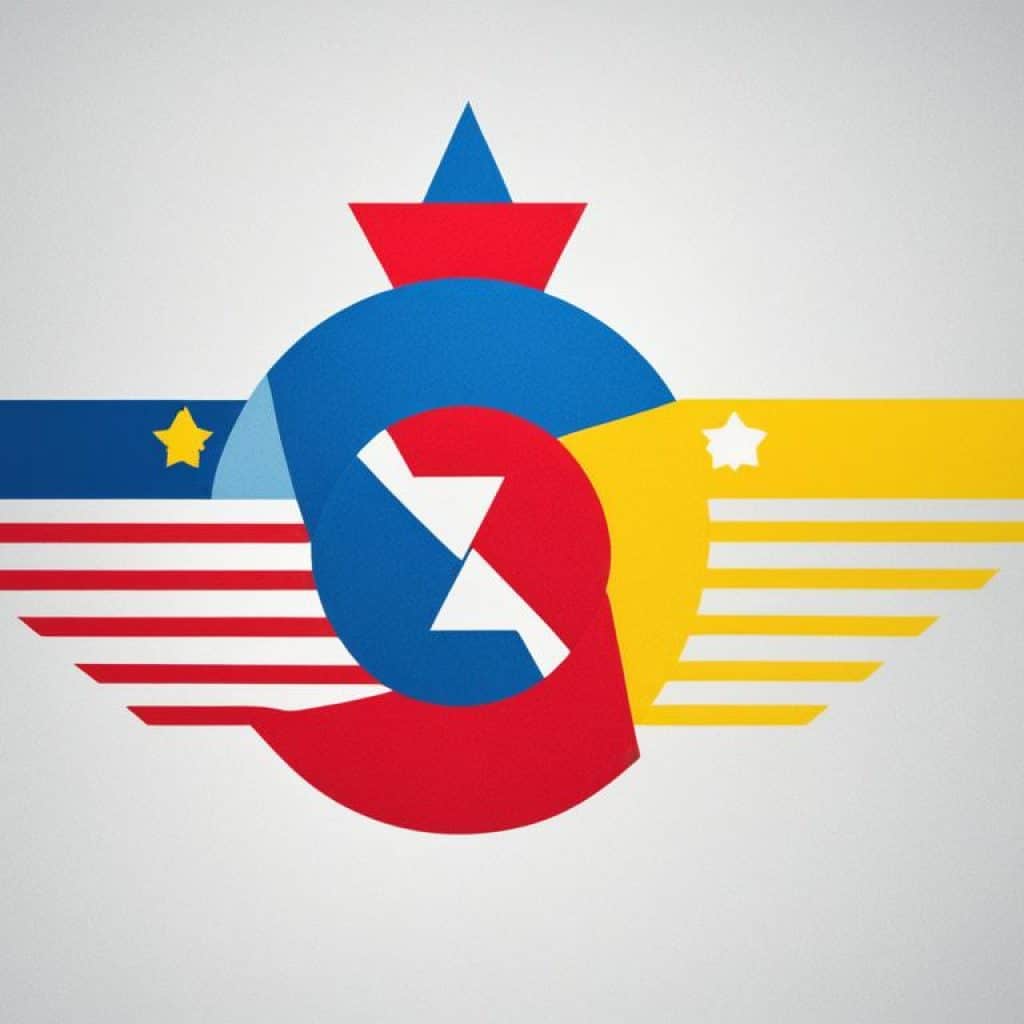
The Presidential Residence – Malacañang Palace
The Philippine president resides in the magnificent Malacañang Palace located in Manila. This historic palace, built in 1750, serves as the official residence of the president and is an esteemed symbol of the office. Nestled along the banks of the Pasig River, the palace has witnessed the leadership of numerous presidents throughout Philippine history.
Malacañang Palace holds significant historical and cultural importance. It has been witness to the nation’s triumphs, challenges, and moments of change. The palace not only serves as a private residence but also as the venue for important political events and functions. It is where presidents have welcomed state guests, held cabinet meetings, and addressed the nation.
The grandeur and architectural beauty of Malacañang Palace are awe-inspiring. With its regal facade and lush surroundings, the palace stands as a testament to the country’s rich heritage and political legacy. The interiors boast exquisite art pieces, elegant furnishings, and historical artifacts, offering visitors a glimpse into the nation’s intricate history.
Malacañang Palace continues to be a place where important decisions are made, policies are shaped, and historical milestones are celebrated. It exemplifies the power and authority vested in the Philippine presidency and remains as an enduring symbol of leadership.
The Impact of Presidents on Philippine Society
Each Philippine president has left a lasting impact on society and the country as a whole. Their leadership and policies have shaped Philippine history and influenced the development of various sectors, including politics, economy, and social welfare. From Emilio Aguinaldo to Ferdinand Marcos and beyond, the legacies of presidents continue to shape the Philippines today.
Throughout Philippine history, presidents have made significant contributions that have had a profound effect on the nation. Their policies and initiatives have played a crucial role in shaping the political landscape, driving economic growth, and improving the quality of life for Filipinos.
“The proper duty of a president is to ensure that the society continues to progress and thrive, uplifting the lives of its citizens,” said President Ramon Magsaysay. “It is through the collective efforts of leaders and the people that we can achieve lasting change.”
Emilio Aguinaldo, the first president of the Philippines, led the nation during its struggles for independence from Spanish colonial rule. His efforts laid the foundation for Philippine sovereignty and sparked a sense of patriotism among the Filipino people.
Theodore Roosevelt, the 26th president of the United States, influenced Philippine history through the Taft Commission and the establishment of the Philippine Commonwealth government. His presidency ushered in a new era of Philippine-American relations.
During his term, Ferdinand Marcos implemented infrastructure projects and economic policies that aimed to modernize the country. However, his regime was marred by allegations of corruption and human rights violations, leaving a complex legacy that continues to be debated and examined to this day.
The legacies of presidents can also be seen in various sectors such as education, healthcare, and social welfare. Presidents like Manuel Roxas and Benigno Aquino III prioritized nation-building efforts and social reforms, focusing on improving access to quality education and healthcare for all Filipinos.
The table below highlights some of the notable contributions of Philippine presidents throughout history:
| President | Contributions |
|---|---|
| Emilio Aguinaldo | Leading the Philippine Revolution and the establishment of the First Philippine Republic |
| Manuel Roxas | Philippine independence from the United States and the establishment of the Central Bank of the Philippines |
| Ferdinand Marcos | Infrastructure development, martial law, and the promotion of Philippine culture and arts |
The impact of presidents on Philippine society cannot be underestimated. Their decisions and policies shape the course of the nation, leaving a lasting imprint on the lives of Filipinos.
“We must remember that the true test of a president is not just in gaining power, but in using that power for the betterment of the people,” said President Benigno Aquino III. “We must prioritize the needs of the nation and work towards a more inclusive and prosperous society.”
As the Philippines continues to navigate its future, the legacies and contributions of past presidents serve as guiding principles for the nation’s progress and development. Each president adds a unique chapter to the ongoing story of Philippine history, leaving behind a legacy that defines their era and influences generations to come.
Public Perception and Approval Ratings of Presidents
Public perception and presidential approval ratings are crucial factors in evaluating the performance of presidents. Throughout their terms, presidents face constant scrutiny and are subject to the court of public opinion, which can greatly influence their effectiveness, credibility, and popularity.
Monitoring and understanding public perception provides valuable insights into the strengths and weaknesses of each president’s leadership style. By gauging the public’s sentiments and reactions, presidents can adapt their strategies and policies to better serve the needs and expectations of the people.
“The greatest reward a leader can earn comes in the form of public trust and approval.”
Presidential approval ratings reflect the level of public support for a president’s actions and policies. These ratings are often measured through surveys and polls conducted by reputable research organizations.
High approval ratings indicate widespread public satisfaction and confidence in a president’s performance, while low approval ratings may suggest dissatisfaction or lack of faith in their leadership. These ratings can fluctuate over a president’s term in response to various factors such as economic conditions, policy decisions, and public perception of the president’s character.
| President | Approval Rating |
|---|---|
| Ramon Magsaysay | 85% |
| Corazon Aquino | 75% |
| Rodrigo Duterte | 70% |
| Ferdinand Marcos | 30% |
A president’s ability to maintain high approval ratings can positively influence their effectiveness in office. Strong public support often translates into enhanced political capital, enabling presidents to push through their agendas, implement reforms, and navigate challenges with greater ease.
Conversely, low approval ratings can hinder a president’s ability to enact change and achieve their policy objectives. It is essential for presidents to be mindful of public sentiment and work towards building and preserving the public’s trust throughout their term.
Public perception and approval ratings also play a significant role in shaping the political landscape. They can impact the outcomes of elections, influence public discourse, and even determine a president’s legacy. Thus, presidents must prioritize maintaining a positive rapport with the public and continuously strive to understand and address their concerns.
The Importance of Effective Communication
One of the key factors that influence public perception and approval ratings is effective communication. Presidents who can effectively convey their vision, articulate their policies, and address the concerns of the people are more likely to garner support and maintain higher approval ratings.
“Communication is the bridge that connects leaders and the public, fostering understanding and trust.”
By utilizing various communication channels such as press conferences, speeches, social media platforms, and public addresses, presidents can directly engage with the public, provide clarity on their actions, and demonstrate their commitment to addressing the needs of the nation.
Presidents who prioritize open and transparent communication create an environment of trust and accountability with the public. This fosters an atmosphere of collaboration, where citizens feel heard, valued, and informed about the decisions being made on their behalf.
- Open and transparent communication builds trust between the president and the public
- Direct engagement helps address misconceptions and clarify policy decisions
- Effective communication fosters an environment of collaboration and transparency
By consistently engaging in meaningful and transparent conversations with the public, presidents can ensure that their actions and policies align with the aspirations and expectations of the people they serve.
Future Outlook for the Philippine Presidency
The future of the Philippine presidency holds immense significance for the nation and its citizens. As the current Duterte administration approaches the end of its term, discussions and speculations arise regarding the potential candidates who will shape the future of the country. The next elected president will bear the responsibility of guiding the Philippines towards progress and addressing the challenges the nation faces.
The Duterte administration has implemented various policies and initiatives during its tenure, leaving a lasting impact on the country. From the war on drugs to infrastructure development, the administration’s actions have stirred both support and controversy. As the baton is passed to the next leader, the question of continuity or change in governance arises, along with the aspirations and expectations of the people.
The future president of the Philippines will inherit a nation that is still grappling with issues such as poverty, corruption, economic development, healthcare, and education. The ability to address these challenges effectively will be crucial in shaping the trajectory of the country. It is expected that the future president will prioritize these issues and work towards finding sustainable solutions that benefit all Filipinos.
“The future belongs to those who believe in the beauty of their dreams.” – Eleanor Roosevelt
The upcoming presidential election will see new faces and familiar names vying for the highest office in the land. The candidates’ platforms and policies will be subjected to scrutiny and evaluation by the electorate. The decision rests in the hands of the Filipino people, who will choose the individual they believe will lead the nation towards a better future.
As the new president assumes office, there will be expectations for transparent governance, accountability, and inclusive policies. The future leader must be prepared to work towards unifying the diverse voices and aspirations of the Filipino people. Cooperation with other branches of government and fostering international relations will also play a vital role in shaping the future of the Philippines on the global stage.
Above all, the future president of the Philippines must prioritize the well-being and progress of the nation. The decisions made and the actions taken will not only affect the present but will shape the Philippines for generations to come. The challenges faced by the next leader will require foresight, competence, and the ability to navigate complex issues in a rapidly changing world.
The Filipino people remain hopeful for a future president who will uphold the values of good governance, transparency, and inclusivity. They anticipate a leader who can inspire and unite the nation, working towards building a stronger and more prosperous Philippines. The future of the Philippine presidency holds immense potential for transformative change and the realization of the Filipino people’s dreams.
Conclusion
The history of the Philippine presidency is a fascinating journey that spans over a century. From Emilio Aguinaldo, the first president of the Philippines, to Ferdinand “Bongbong” Marcos Jr., each leader has played a significant role in shaping the nation’s development. Through this article, we have explored the chronological order of the 17 presidents, providing visual aids in the form of photos to help us connect with their leadership.
Each president brings their distinct contributions and legacies that have left an indelible mark on the Philippines. From the establishment of the Commonwealth of the Philippines to the struggles and triumphs during the Martial Law era, the presidents have navigated through turbulent times, leading the nation forward.
As we reflect on the history of the Philippine presidency, one cannot deny the enduring impact that each leader has had on Philippine society. They have shaped policies, enacted reforms, and influenced the course of history. Their leadership styles and decisions have been subject to public perception and approval ratings, showcasing the complexity of their roles as both heads of state and government.
In conclusion, this article has provided a comprehensive summary of the 17 Philippine presidents, shedding light on their accomplishments, challenges, and the rich tapestry of their legacies. From Emilio Aguinaldo’s inauguration to the current political landscape, the Philippine presidency continues to evolve, with each leader leaving their own unique imprint on the nation. The journey of Philippine presidents is a testament to the resilience and determination of a people in their pursuit of progress and nation-building.
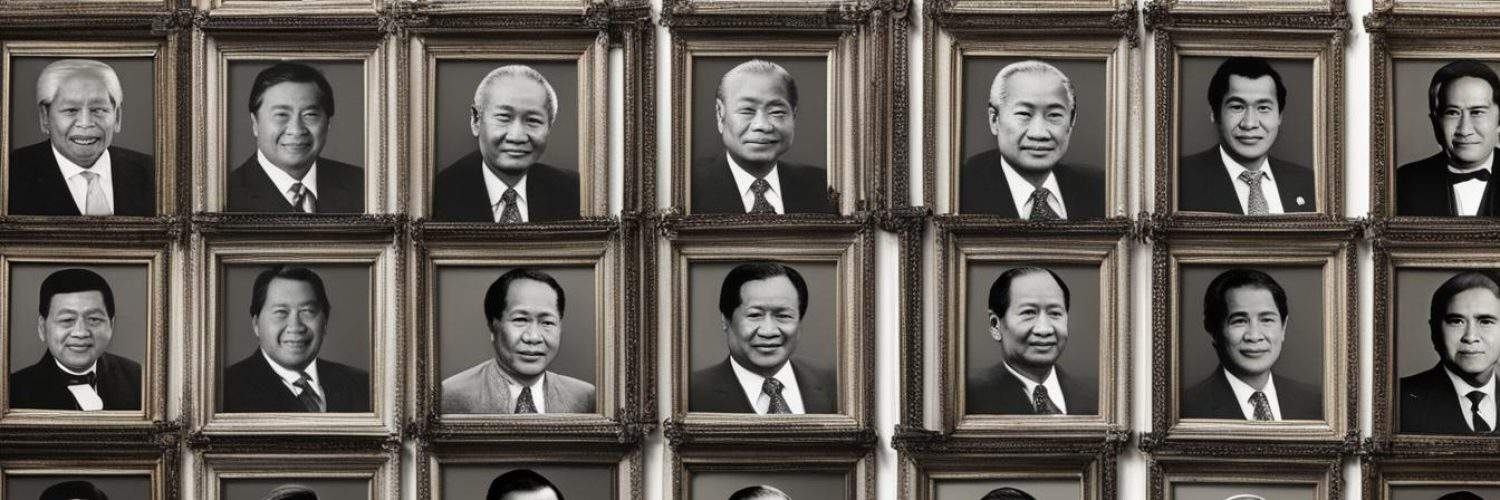
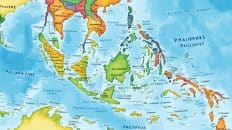
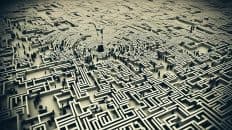
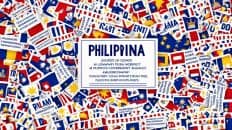










Add comment